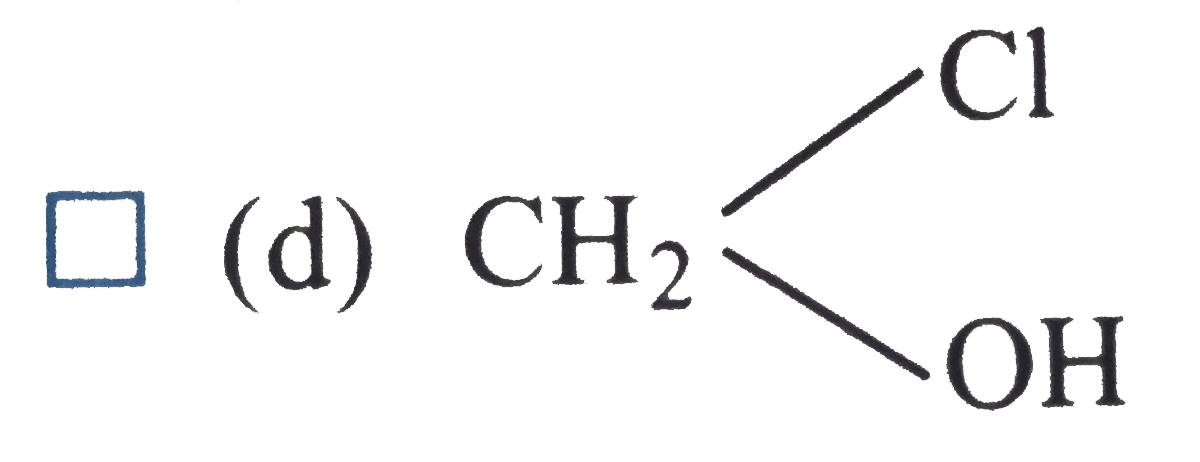N-Methylbenzamide on heating with aqueous solution of NaOH and Br2 gives N-methylaniline.
To determine whether N-Methylbenzamide on heating with an aqueous solution of NaOH and Br2 gives N-methylaniline, we can follow these steps:
Step 1: Identify the Structure of N-Methylbenzamide
N-Methylbenzamide is an amide where a methyl group is attached to the nitrogen of the benzamide. Its structure can be represented as:
C6H5C(O)NHCH3
Step 2: Understand the Reaction Conditions
The reaction involves heating N-Methylbenzamide with an aqueous solution of NaOH and Br2. This is a typical setup for a reaction known as the Hofmann degradation (or Hofmann bromamide reaction).
Step 3: Recall the Hofmann Reaction
The Hofmann reaction states that when a primary amide is treated with bromine (Br2) in the presence of a strong base (like NaOH), it leads to the formation of a primary amine. However, this reaction specifically applies to primary amides.
Step 4: Analyze the Type of Amide
N-Methylbenzamide is a secondary amide because the nitrogen is bonded to two carbon-containing groups (the benzene ring and the methyl group). The Hofmann reaction does not apply to secondary amides.
Step 5: Conclusion
Since N-Methylbenzamide is a secondary amide, it will not undergo the Hofmann reaction to produce N-methylaniline. Therefore, the statement that N-Methylbenzamide on heating with NaOH and Br2 gives N-methylaniline is false.
Final Answer
The statement is false; N-Methylbenzamide does not yield N-methylaniline under the given conditions.
---
N-Methylbenzamide is an amide where a methyl group is attached to the nitrogen of the benzamide. Its structure can be represented as:
The reaction involves heating N-Methylbenzamide with an aqueous solution of NaOH and Br2. This is a typical setup for a reaction known as the Hofmann degradation (or Hofmann bromamide reaction).
The Hofmann reaction states that when a primary amide is treated with bromine (Br2) in the presence of a strong base (like NaOH), it leads to the formation of a primary amine. However, this reaction specifically applies to primary amides.
N-Methylbenzamide is a secondary amide because the nitrogen is bonded to two carbon-containing groups (the benzene ring and the methyl group). The Hofmann reaction does not apply to secondary amides.
Since N-Methylbenzamide is a secondary amide, it will not undergo the Hofmann reaction to produce N-methylaniline. Therefore, the statement that N-Methylbenzamide on heating with NaOH and Br2 gives N-methylaniline is false.
The statement is false; N-Methylbenzamide does not yield N-methylaniline under the given conditions.
Topper's Solved these Questions
- ORGANIC COMPOUNDS CONTAINING NITROGEN Book:MODERN PUBLICATIONChapter:ORGANIC COMPOUNDS CONTAINING NITROGEN Exercise:QUICK MEMORY TEST B. COMPLETE THE MISSING LINKS
Explore 10 Videos
- ORGANIC COMPOUNDS CONTAINING NITROGEN Book:MODERN PUBLICATIONChapter:ORGANIC COMPOUNDS CONTAINING NITROGEN Exercise:QUICK MEMORY TEST C. CHOOSE THE CORRECT ALTERNATIVE
Explore 10 Videos
- ORGANIC COMPOUNDS CONTAINING NITROGEN Book:MODERN PUBLICATIONChapter:ORGANIC COMPOUNDS CONTAINING NITROGEN Exercise:NCERT FILE ASSERTION AND REASON TYPE QUESTIONS
Explore 7 Videos
- HALOALKANES AND HALOARENESBook:MODERN PUBLICATIONChapter:HALOALKANES AND HALOARENESExercise:UNIT PRACTICE TEST
Explore 11 Videos
- POLYMERSBook:MODERN PUBLICATIONChapter:POLYMERSExercise:Competition file (OBJECTIVE TYPE QUESTIONS) (C. MULTIPLE CHOICE QUESTIONS)(Integer Type Questions)
Explore 6 Videos
Similar Questions
Knowledge Check
CH2Cl2 on heating with NaOH solution gives :
ACH3OHBHCOONaCHCHOD
Heating in aqueous solution of aluminium chloride to dryness will give
AAl(OH)Cl2BAl2O3CAl2Cl6DAlCl3K2Cr2O7 on heating with aqueous NaOH gives
ACrO2−4BCr(OH)3CCr2O2−7DCr(OH)2
H2Cr2O7 on heating with aqueous NaOH gives
View SolutionHeating an aqueous solution of aluminium chloride to dryness will give
View SolutionHeating an aqueous solution of aluminium chloride to dryness will give
View SolutionHeating an aqueous solution of aluminium chloride to dryness will give
View SolutionHeating an aqueous solution of aluminium chloride to dryness will give
View Solution
